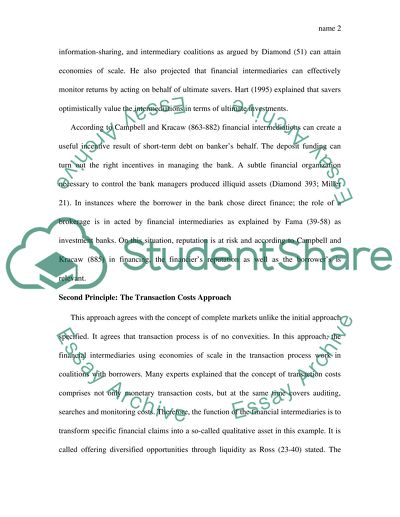Cite this document
(“The Theories of Financial Intermediation Essay Example | Topics and Well Written Essays - 2250 words”, n.d.)
Retrieved from https://studentshare.org/miscellaneous/1515860-the-theories-of-financial-intermediation
Retrieved from https://studentshare.org/miscellaneous/1515860-the-theories-of-financial-intermediation
(The Theories of Financial Intermediation Essay Example | Topics and Well Written Essays - 2250 Words)
https://studentshare.org/miscellaneous/1515860-the-theories-of-financial-intermediation.
https://studentshare.org/miscellaneous/1515860-the-theories-of-financial-intermediation.
“The Theories of Financial Intermediation Essay Example | Topics and Well Written Essays - 2250 Words”, n.d. https://studentshare.org/miscellaneous/1515860-the-theories-of-financial-intermediation.


